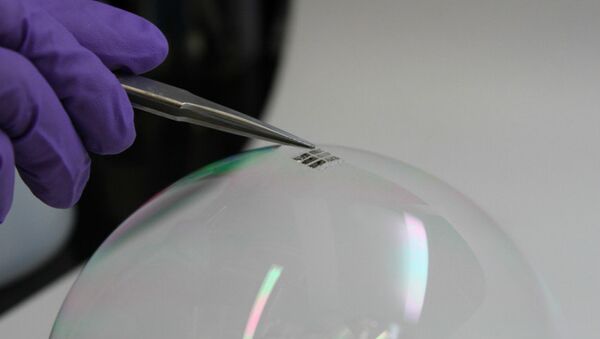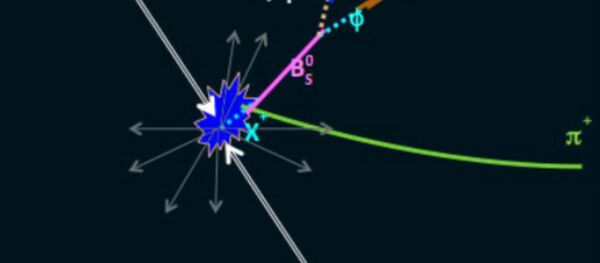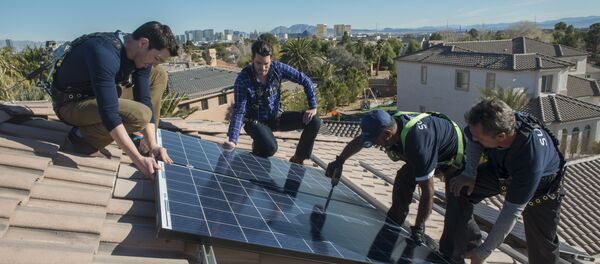The researchers explained the unique method they used to make the solar cells in a paper published in the journal 'Organic Electronics.'
Working in a vacuum, they used a carrier material, in this case glass, as the basis on which they deposited a flexible film of parylene polymer, one-tenth as thick as kitchen cling-wrap. Then they put electrodes and photoactive layers into the material, and a second film of parylene as a coating.
The finished solar cells are just one-fiftieth of the thickness of a human hair and one-thousandth of the thickness of equivalent cells on glass substrates, which are about two micrometers thick.
"With this process sequence, the entire cell — from transparent substrate to active layers to encapsulation — can be fabricated at room temperature without solvents and without breaking vacuum, avoiding exposure to dust and other contaminants, and minimizing damage risk associated with handling of thin substrates," the scientists explained in their paper.
"It could be so light that you don’t even know it’s there, on your shirt or on your notebook," Bulovic explained.
"These cells could simply be an add-on to existing structures."
The lightweight cells can be added to any surface, for example a hat, shirt, or mobile phone, and the technology could help power the next generation of portable electronic devices. Scientists are also enthusiastic about possible applications in aerospace engineering, where the power-to-weight ratio is particularly important.






